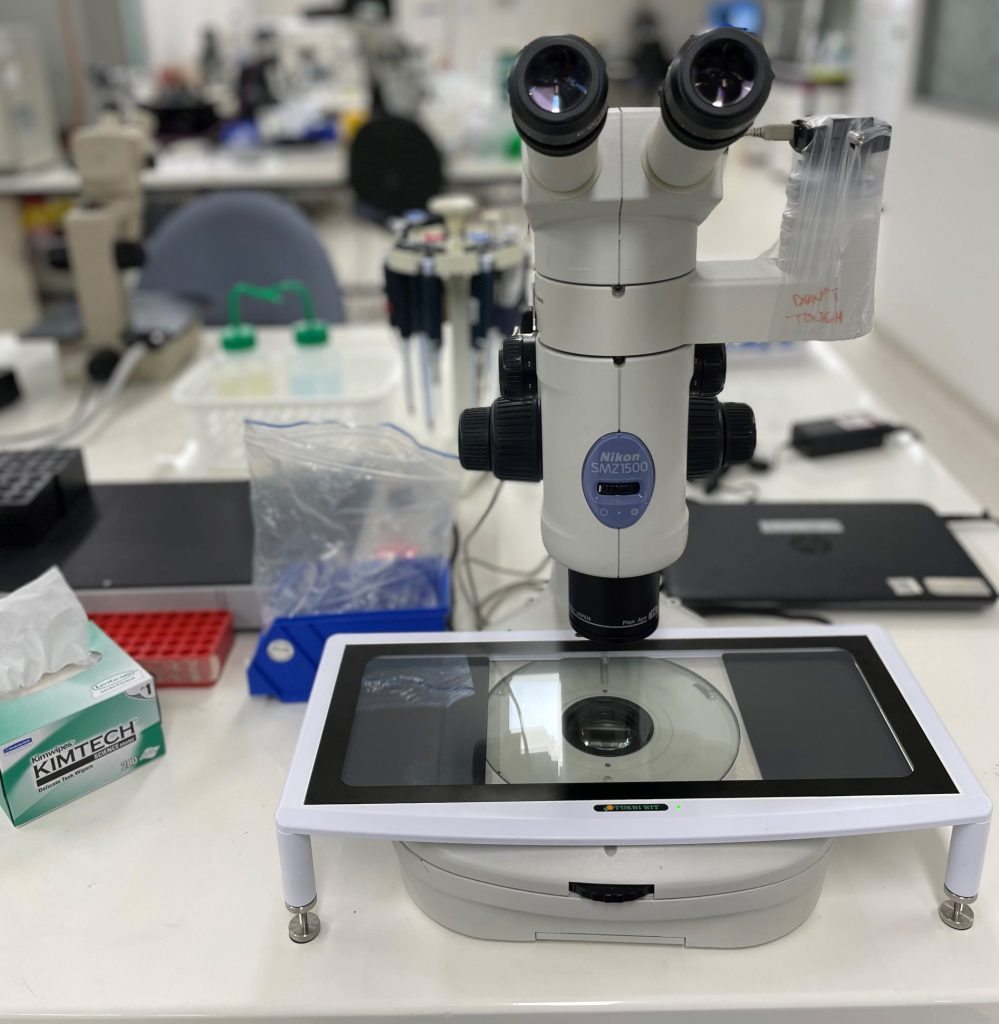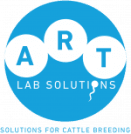You have decided to set-up your own cattle IVF lab, and you have gone to a bovine IVF course (view our services page for more information on training). In any IVF lab, the quality control aspect is critical to success, but how can you measure if your lab is functioning well? Enter the ‘Bovine Embryo Assay’ (BEA)! In some ways, it is used similarly to the Mouse Embryo Essay conducted by clinical IVF labs and medical device manufacturers for ‘toxicity’ assessment when introducing a new product, chemical, or disposable into the lab. However, routinely performed BEA’s also gives a picture of how the lab and the embryologists are performing. The rationale for the regular BEA’s is that, unlike the MEA tests, there is an enormous variability in embryo production from different bull-cow combinations. This is typical in bovine IVF. Recording the results of your BEA continuously provides you with critical evidence to assist disappointed clients and also enables you to look at seasonal factors, and notifies when the lab does have a string of unusual results, both bad and good!
Try to minimise the variability within the BEA as much as possible. A major source of variation lies with different bulls. Try to amass a large amount of semen straws from the one bull, even better from the one bull collected over a short period. If you need to change bull semen source, validate the frozen semen of several other bulls at once and see which ones give you a similar development rate, but make sure this validation occurs at least three times. As for sourcing cow oocytes, this requires access to an abattoir, and this could be difficult depending on distances, access regulations and costs. An alternative is to obtain maturing COCs under Transport IV, conditions; ask us if you need assistance with this. With abattoir-sources ovaries, consistency is key wherever possible, especially around breed and pregnancy status. Transporting ovaries back to the IVF lab is best within 6 h of slaughter, commonly held at 30 – 35°C, with an optimal time from slaughter to oocyte aspiration of 4 h. We recommend using Phosphate Buffered Saline and vacuum flasks for this purpose.
The number of oocytes entering into a BEA test to make it meaningful would normally be at least 150COCs. However, this may not be feasible, and therefore any number above 50 oocytes is useful, but again, numbers must be recorded. We will provide the ART Lab Solutions standard procedure on request, and always with medium orders.

